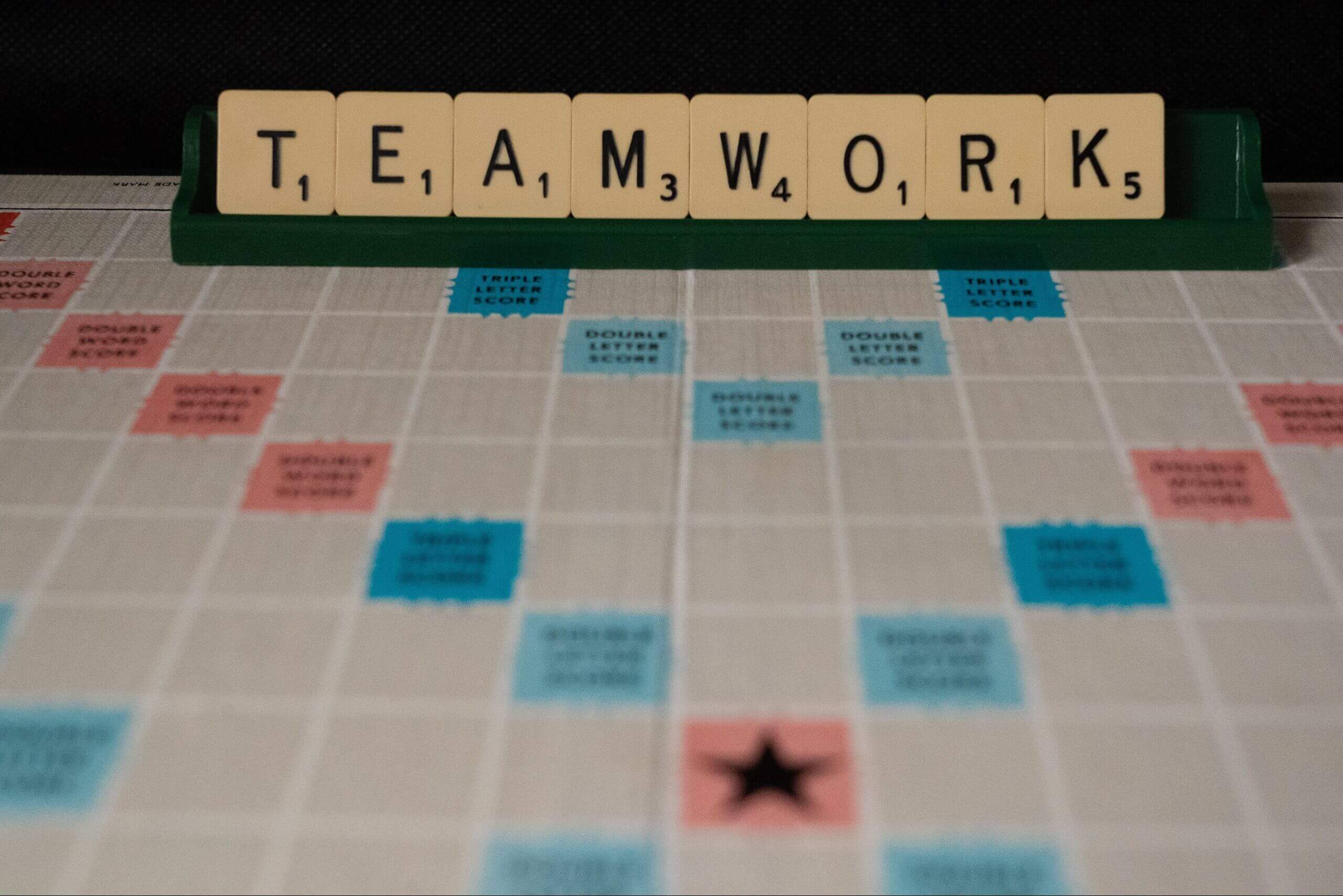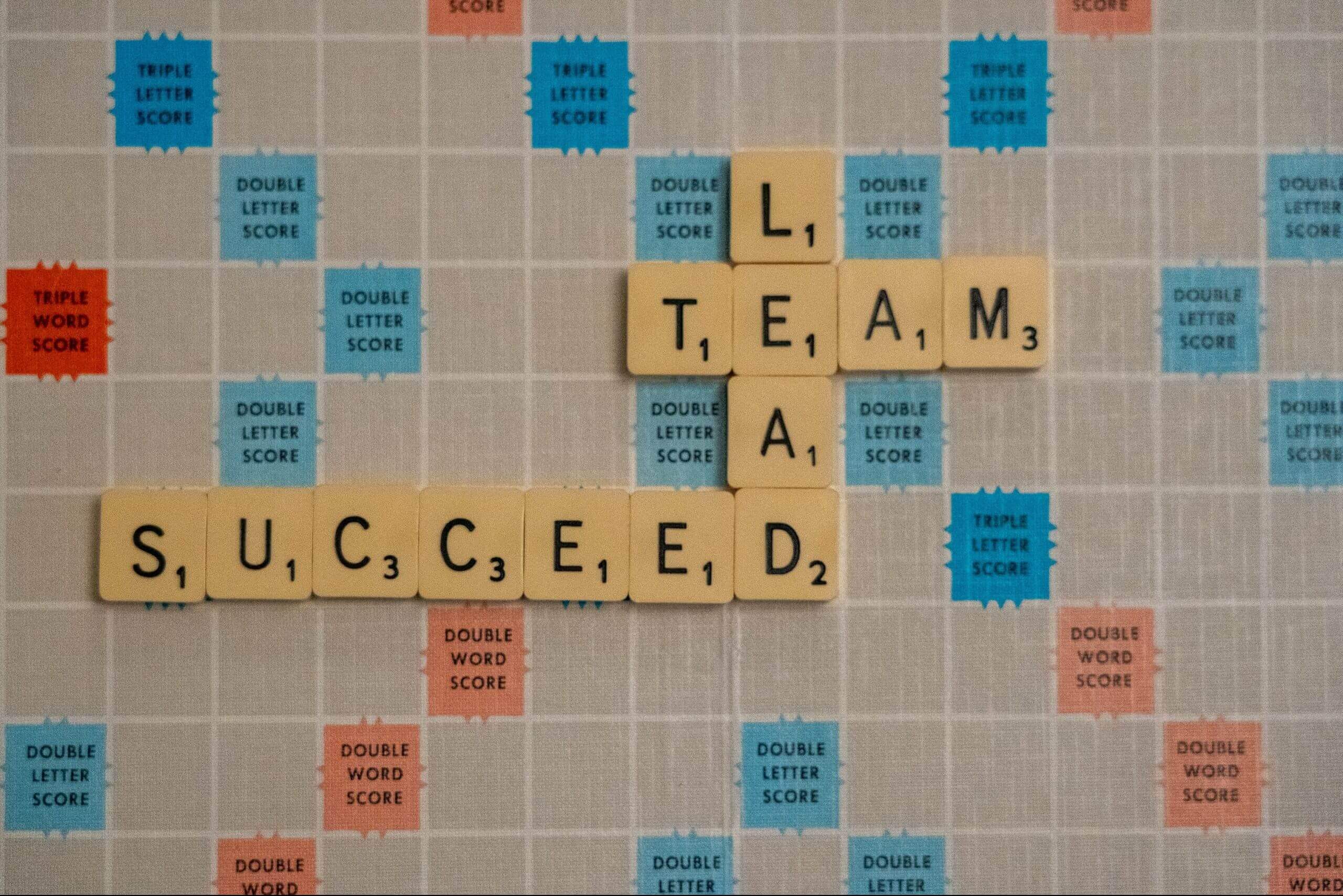What Makes a Bad Leader?
Business leaders have a significant effect on the daily lives of employees working under them. Leaders delegate work responsibilities and functions and are often responsible for employee satisfaction, growth, and overall wellness. Good leaders foster happy and healthy employees who perform well, whereas poor leaders have the opposite effect. Poor leadership can have a negative impact on a business. Therefore, being aware of the styles of leadership when hiring can help improve management decisions in a corporation.
Employee retention is often negatively impacted by poor leadership. Understanding poor leadership qualities can help executives or boards to make better choices when appointing leaders.

Defining Bad Leadership
In order for employees or team members to comfortably interact with leaders in a work environment, positive leadership traits are important. However, good and bad leadership often exist side-by-side in work environments. Leadership styles impact how a team works together and how the team achieves its objectives.
It is important here that we not confuse leadership style with either good and bad leadership. Some styles might be associated more, either with leadership weaknesses or leadership strengths, but style ultimately does not determine whether a leader is good or bad fundamentally. The characteristics of a leader will determine whether they are one or the other.
Bad leadership happens when a leader does not motivate the workforce but instead causes moral harm, fails to set goals that are good for the team, demotivates the team, and has an overall negative impact on the performance of the department.

Warning Signs that Indicate Bad Leadership Qualities
Focus is not on performance, but on features
How a leader prioritizes balances may impact the success of the team. Overfocusing on the features of a project can be a direct sign of ineffective leadership. A poor leader often lacks objectivity and is ineffective. Poor leaders may focus on power and the influence they have over their teams. Good leaders might understand that guidance of teams is far more important than influence.
Poor Communication Skills.
It is important that good leaders can communicate effectively. Remembering that communication skills involve both conveying a message and listening effectively are helpful to avoiding poor communication. Poor communications in management can make effective leadership very difficult. Miscommunication results in time-consuming mistakes and can convey a lack of transparency to the workforce, which impacts workforce morale.
Lack of Flexibility and Adaptability.
It is safe to assume that a good leader is able to consider and respect the opinions of others. Every team member needs to serve an active role in the team and can contribute meaningfully to strategic thinking within the department. They can bring new ideas to the business.
Inflexibility is also a characteristic that is often associated with poor leadership. Inflexibility can make collaboration difficult as well. Great leaders tend to utilize qualities and strengths of everyone in the team. For members to feel comfortable sharing their ideas and performing optimally, a drama-free team environment is necessary.
Lack of Self-Awareness.
A lack of self-awareness in leadership can be a sign of bad leaders as they break with cultural norms, do not behave within the bounds of work ethics, and behave inappropriately. There is an expectations that a leader sets an example of how the workforce, in general, is expected to behave. Leaders who lack self-awareness might not realize that their behavior is inappropriate and this can lead to bad examples from leadership instead.
Lack of Respect.
It is important that a leader maintain respect for their workers and not overstep personal boundaries that their employees have – within reason. When a leader lacks respect they tend to be more prone to losing their temper, and when combined with a lack of emotional intelligence they might even be arrogant and aggressive.
Lack of Focus and Vision.
The best leaders know that stepping out of their comfort zone is sometimes necessary for success. Individuals with good leadership qualities can lead a team to success by projecting their vision successfully. A lack of ability to deliver lasting solutions to the team is a leadership weakness that many leaders have. Poor leaders who lack vision and focus struggle to see beyond what already is, and they struggle to make long-term plans.
Micromanagement.
Micromanagement can have an impact on the self-confidence of team members as they may feel that a leader does not have faith in them. This happens when a bad leader tries to exercise control over everything that each member of the group does. When a leader does not trust their team, they cannot trust their own ability to lead either. Good leadership skills involve empowering employees to grow their own opinion and create autonomy for each member of the group.
Lack of Empathy.
We must remember here that sympathy and empathy are not equal. Sympathy means feelings of pity towards people, whereas empathy refers to the sharing of feelings. Each member of a team is a human being who has their own feelings and thoughts. Great leaders are able to empathize with their teams, which in turn builds faith in their leadership qualities and boosts morale. When leaders fail to how empathy to team members in need may result in a loss of faith in their ability to be good leaders.
Playing the Blame Game.
Taking responsibility and accountability for the failures and mistakes of the team can be difficult for leaders to do. Often a sign of bad leadership can be an attempt to play the blame game. It is a trait that almost never ends well for leadership.
Bad Listener.
Communication and open discussions are good for partnerships. A leader who listens can make more efficient decisions. One of the leadership weaknesses that can damage teamwork is when a leader does not possess good listening skills.
Poor Work Ethic.
Good and bad leadership both model work culture to the team. Great leaders will model strong work ethics but poor leaders might model bad work ethics to the entire team. Work ethics usually are conveyed through subtle hints, and poor work culture can make it difficult for anyone to achieve their own goals. Unethical behavior is also common with this bad leadership trait.
Lack of Accountability.
A good leader accepts responsibility when they are at fault, but they will likely also take responsibility when their team fails to perform. Not everyone in leadership does this, and a bad leader is often prone to blaming their team for faults and lack of performance. Leaders make essential decisions that impact team performance, and when those decisions do not work out, a good leader will admit to it and endeavor to remedy it as far as possible.
Egoistic and Selfish.
A leader cannot be a leader without their team. Good and bad leadership both depend on teams to reach goals and perform tasks; the difference is that a good leader is more likely to be more valued by their teams. A bad leader often acts with selfish motives and behave with egoistic intent. Furthermore, it also hinders goal setting as goals are aimed more at the betterment of the leader and not the business or the department.
Absence of Self-Growth and Self-Development.
Growth and development are natural processes in life, and a good leader often takes advantage of any opportunity to better themselves, but a bad leader often feels that they have no more growing to do and might even take offense to suggestions for personal or professional growth. In fact, a good leader will likely always seek out ways to improve their leadership capabilities, whereas a bad leader will find that the aforementioned traits are already developed to the maximum.
Conflict Avoidance.
Conflict resolution is an essential leadership skill and often one that potential leaders are evaluated on, but every so often, unresponsive leaders who avoid conflict will cross our paths. A bad leader is often not willing or able to assist with effective resolution of conflicts. This can, in turn, aggravates problems instead of solving them. Simply leaving the status quo to its own devices can cause significant long-term damage to team dynamics.

Impact of Bad Leadership
Losses in the work environment increase.
Poor leadership causes work quality and motivation to decrease due to negative reinforcement. This further leads to higher staff turnover, so team members no longer feel as connected as they could. Team members will go looking for enriching environments. This causes a quick breakdown of the work environment, which causes a decrease in productivity. When enough people start leaving the company, some people can think that the ship is sinking, which increases the number of people leaving. Customers and clients are likely to notice, so business will also decrease.
An unpleasant, chaotic work environment.
A bad leader permeates the office environment with dissatisfied employees, and this sentiment tends to spread efficiently throughout a department. Even employees who are usually positive will find it difficult to maintain positivity under a bad leader. Conversely, a good leader can cause a positive attitude to spread despite other difficult circumstances in the office. The most influential asset that a company or department can have is a good leader.
Individual team member development suffers under poor leadership.
A good leader motivates employees to eventually become leaders themselves. A bad leader will strive to take recognition even when the real achievement is not their own. This is in addition to blaming the team for all faults as well. A bad leader will always undervalue their team, whereas a good leader will inspire their team to grow and learn and exceed their own expectations naturally. Positive reinforcement comes from a good leader and helps a team to excel through motivation and other positive elements. A bad leader does not achieve this and fails to provide their team with the tools needed for growth and development.
Team performance is impacted by bad leaders.
A team that is unmotivated feels ignored and undervalued, and generally does not enjoy their work environment will not provide top performance. Furthermore, employees who end up being disgruntled do not behave appropriately at work and not everyone would be willing to challenge ineffective leaders in this capacity.

Ways to Improve Leadership Qualities
There are ways that a bad leader can improve their skills. The first step is to acknowledge the problem. Subordinates and peers are usually the best indicators of whether leadership qualities are lacking and can be valuable sources of information on how best to improve leadership capabilities.
A bad leader can always seek professional development or can approach their managers for advise and resources that can be available internally. Attempts at personal and professional growth are a positive first step that can be quite lucrative in an attempt to improve leadership capabilities. Poor leadership qualities in a leader deeply impact the performance of other employees and create an environment of disloyalty.
Improving leadership qualities often starts with self-reflection and self-evaluation. Building emotional intelligence can significantly improve how an individual goes about leading a team. It is best to engage with a team that has already been under your leadership to establish exactly where improvement is needed. This can also be an empowering and bonding experience between a leader and their team if successful improvement occurs.










